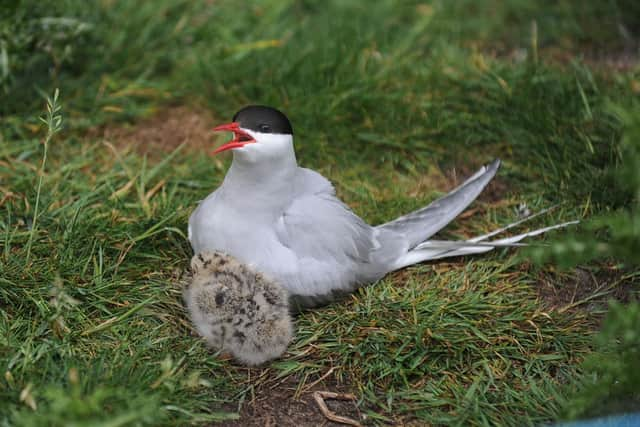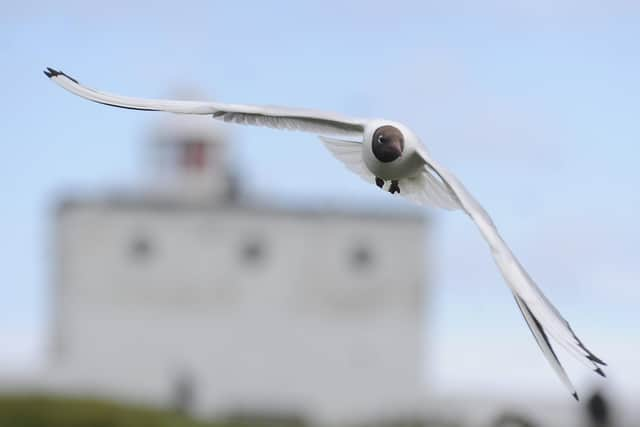Arctic terns desert Farne Islands stronghold
and live on Freeview channel 276
However, those sights and sounds are strangely muted on Inner Farne this summer.
The National Trust, which manages the islands, says that several factors could be to blame for the drop in numbers.
Advertisement
Hide AdAdvertisement
Hide AdA National Trust spokesperson said: “The number of Arctic terns on Inner Farne have sadly reduced this year and this could be due to a number of factors.


"Terns don't always favour a specific location and can move in large groups between different sites.
"We think many of the terns have moved to the outer islands, the National Trust's colony at Beadnell Bay and RSPB Coquet.
"Recent disease and different foraging areas depending on their nesting location may also play a part, but we expect the Arctic terns to return to Inner Farne in the future.
Advertisement
Hide AdAdvertisement
Hide Ad"We are continuing to monitor the Arctic tern numbers and behaviour through our ongoing conservation work which includes vegetation management to create more suitable nesting areas and deterring predatory gulls.”


One possibility voiced on bird forums is the absence of wardens for the second summer running due to coronavirus pandemic restrictions.
Wardens would normally clear vegetation for the terns, managing it throughout the season to ensure there are areas for the terns to breed.
Concerns have been raised that with no one present to carry out such maintenance, Inner Farne has become overgrown and the terns have moved on.
Advertisement
Hide AdAdvertisement
Hide AdBy the beginning of June the majority of the terns are normally down on eggs and a few weeks later the newest generation of this truly remarkable species will hatch.
By the end of the year, some of these birds will be somewhere in the Southern Hemisphere, most likely off the coast of Australia or the Antarctic pack ice.
Thanks to its epic migration, the species experiences more daylight hours than any other land animal on the planet.
The Farne Islands are home to more than 90,000 pairs of nesting sea birds, including four species of tern, puffins, razorbills, gulls and guillemots.
